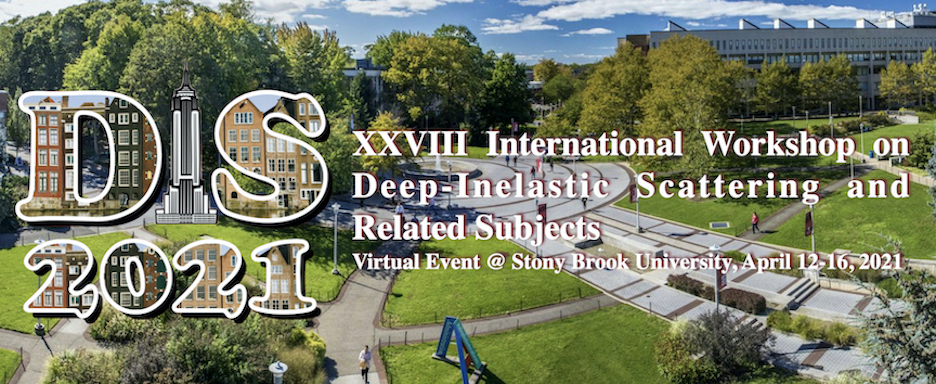Speaker
Description
In the Ingelman-Schlein approach for hard diffraction the cross sections can be factorized into diffractive PDFs and perturbatively calculable partonic coefficient functions. The diffractive PDFs can be determined in a global QCD analysis using data for diffractive processes in DIS in a similar manner as for inclusive PDFs. However, it has been observed that this factorization breaks down in proton-proton collisions as the predicted cross sections overshoot the data by an order of magnitude. Similarly, factorization-based calculations for diffractive dijets in photoproduction at HERA tend to lie a factor of two above the H1 and ZEUS measurements.
Such a breaking of factorization can be naturally explained with multiparton interactions (MPIs) where the additional interactions produce particles that fill up the rapidity gap used to select the diffractive events. Following this idea, we have introduced a dynamical rapidity gap survival model for hard diffraction in Pythia 8 Monte Carlo event generator [1]. The model relies on the existing MPI model in Pythia 8 and can reproduce the most recent CMS data for diffractive dijet production in proton-proton collisions at the LHC very accurately. Here we focus on the recent extension of the model for photon-hadron collisions where the resolved-photon contribution give rise to MPIs that reduce diffractive events based on rapidity-gap detection [2]. The generated cross sections are well in line with the measurements for diffractive photoproduction of dijets in electron-proton collisions at HERA. Also predictions for diffractive dijet production in ultra-peripheral collisions at the LHC and in electron-proton collisions at the EIC are presented and a brief outlook for photon-nucleus collisions is given.
[1] C.O Rasmussen and T. Sjöstrand, JHEP 02 (2016) 142
[2] I.Helenius and C.O Rasmussen, Eur.Phys.J.C 79 (2019) 5, 413

